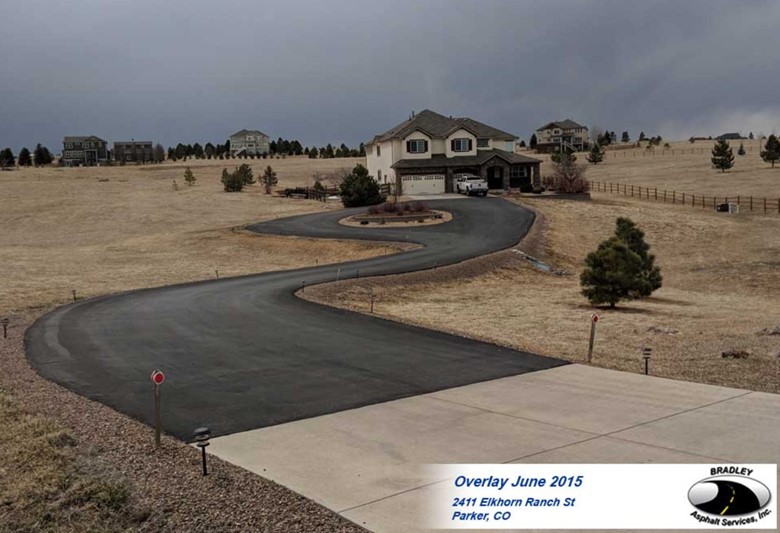
3/19/2024
REPAIRING ASPHALT ALLIGATOR CRACKS
Maintaining asphalt surfaces is crucial for preserving their integrity and ensuring safety for pedestrians and vehicles alike. One of the most common issues faced by asphalt surfaces is the development of alligator cracks. These intricate patterns resembling the skin of an alligator not only detract from the aesthetics of the surface but also signify underlying structural problems.
Causes of Alligator Cracks:
Alligator cracks, also known as fatigue cracks, typically occur due to a combination of factors, including:
- Poor Installation: Improperly installed asphalt surfaces with inadequate compaction or insufficient thickness are prone to developing cracks over time.
- Heavy Traffic Loads: Constant exposure to heavy vehicles, such as trucks and buses, can exert significant pressure on the asphalt surface, leading to the formation of cracks.
- Subgrade Issues: Weak or poorly compacted subgrade layers can cause the asphalt above to deform and crack, especially in areas with high groundwater levels or inadequate drainage.
- Aging: As asphalt ages, it becomes more brittle and prone to cracking under stress. Exposure to sunlight, fluctuations in temperature, and moisture infiltration exacerbate the aging process.
Alligator cracking is one repair we don’t recommend DIY. Trying to repair this type of long-term damage with a cold or hot mix asphalt will just be a temporary fix. While customers can indeed attempt to fill in the alligator cracks themselves, we do not recommend this approach. Cold mix asphalt serves as a temporary patching material primarily used to address potholes or cavities in paved surfaces until a permanent hot mix asphalt patch can be applied. It is not intended as a lasting repair solution. Alligator cracking indicates a failure beneath the asphalt surface, necessitating more comprehensive repair measures. Any area displaying alligator cracks should undergo saw cutting and removal, followed by inspection and correction of the base as needed. Simply covering such areas with cold mix or hot mix asphalt offers a short-term solution at best. We do not advise customers to try to patch over this type of damage.
Repair Options:
- Patching: In cases where the damage is localized, patching is a cost-effective solution. It involves cutting out the affected area, cleaning the surrounding surface, and filling the void with new asphalt or specialized patching materials. Cold patching is a quick and temporary solution suitable for minor cracks, while hot patching provides a more durable and long-lasting repair for larger areas of damage.
- Overlay: In cases where the asphalt surface has extensive alligator cracking and structural integrity is compromised, an overlay may be necessary. This involves applying a new layer of asphalt over the existing surface, providing improved strength and durability. Prior to overlay, any underlying issues such as subgrade instability must be addressed to prevent recurrence of cracking.
- Reconstruction: In severe cases where the asphalt surface is beyond repair, reconstruction may be the only viable solution. This involves removing the existing pavement, addressing any underlying issues, and installing a new asphalt surface. Reconstruction offers a long-term solution for areas with extensive damage and ensures the longevity of the pavement.
With 36 years of hard work and experience in paving and repairing Denver roads, pavements, and driveways, we at Bradley Asphalt are proud to tackle any repair you may need. We play a crucial role in assessing the extent of damage and recommending the most cost-effective, appropriate repair techniques tailored to the specific needs of each project. By understanding the causes of alligator cracking and investing in timely repairs, you can prolong the lifespan of your asphalt surface for many more years.
Please contact us for a free estimate and the correct advice on your repairs:
Call: Duane (303) 947-7484
Email: duane@bradleyasphalt.com



